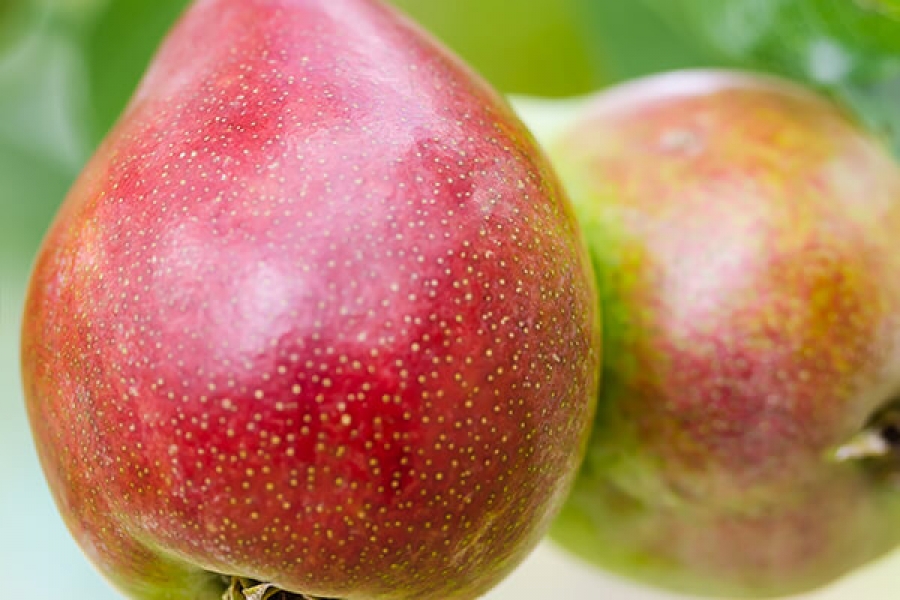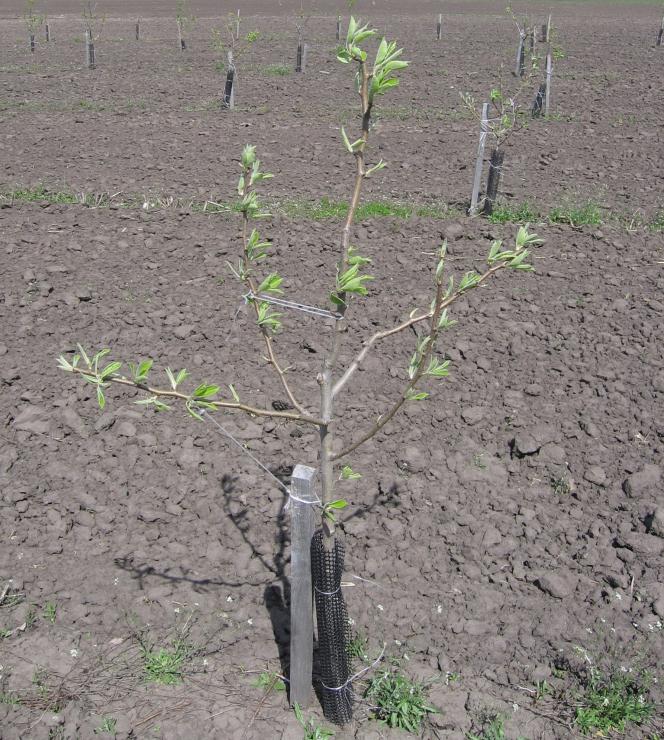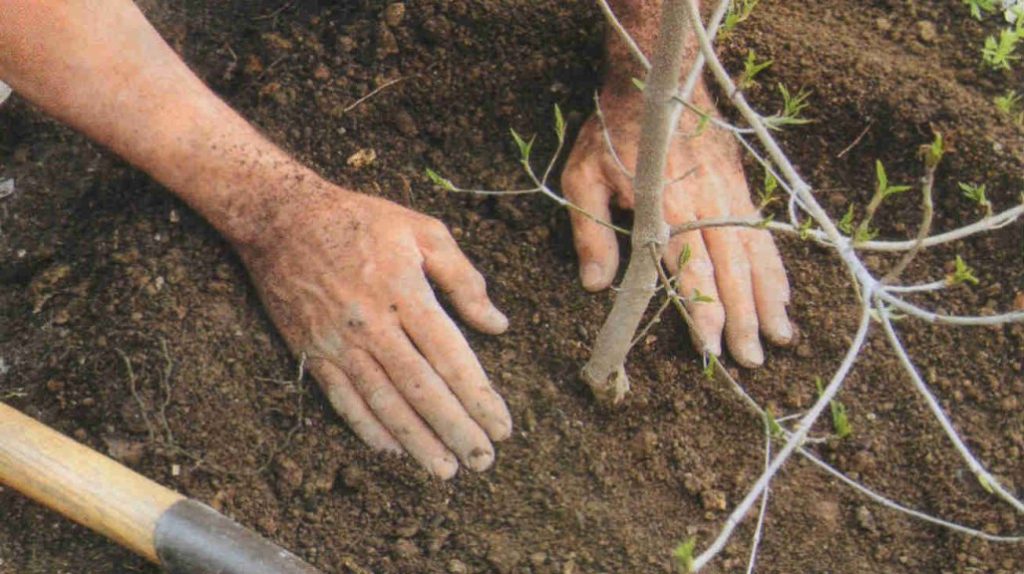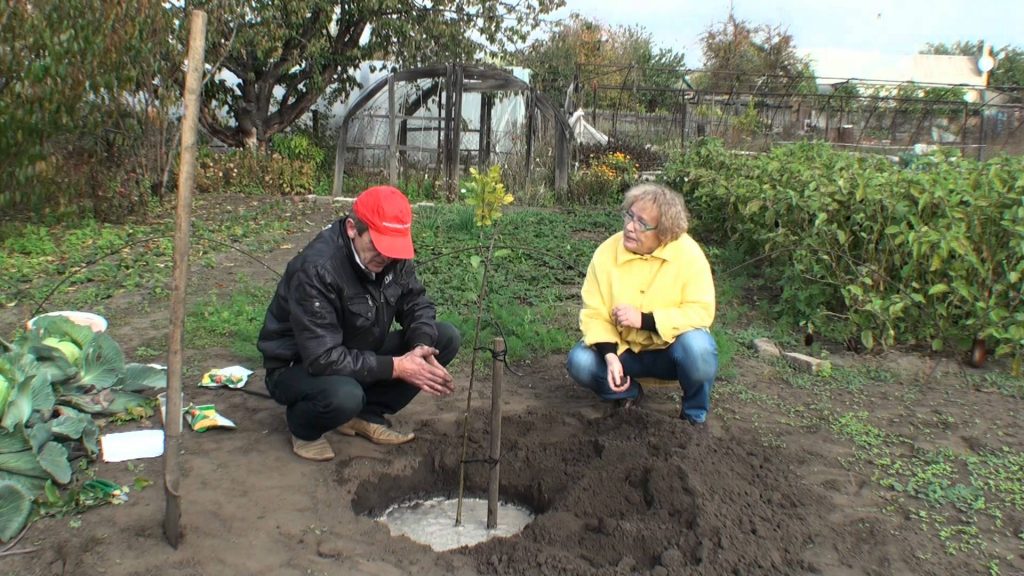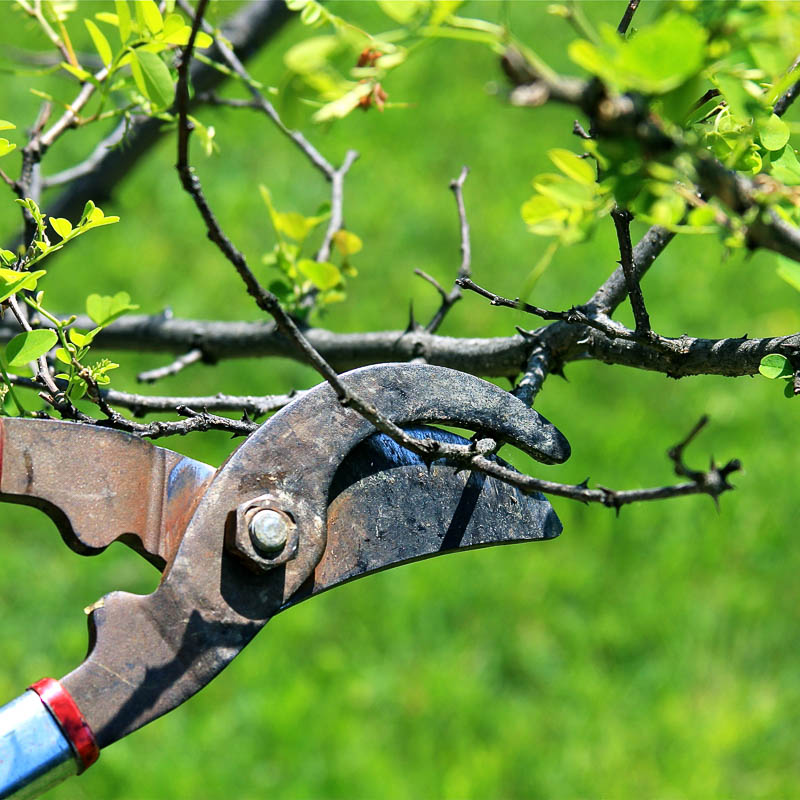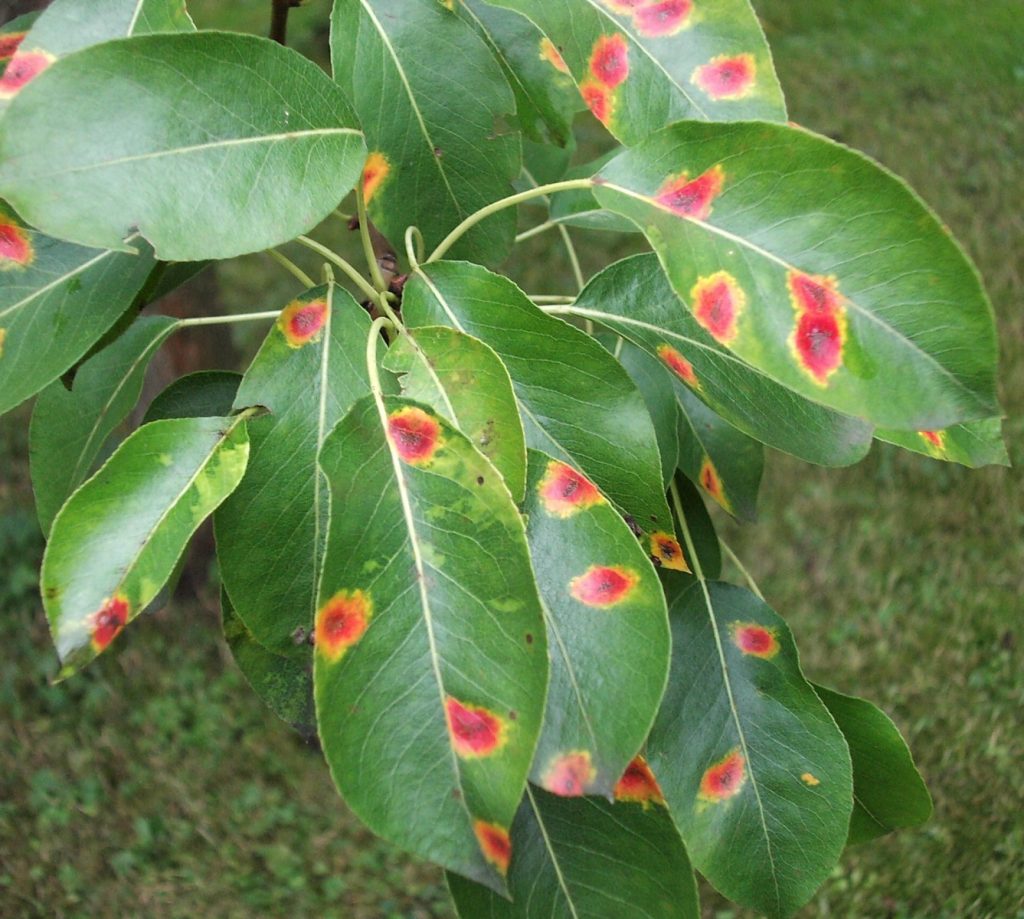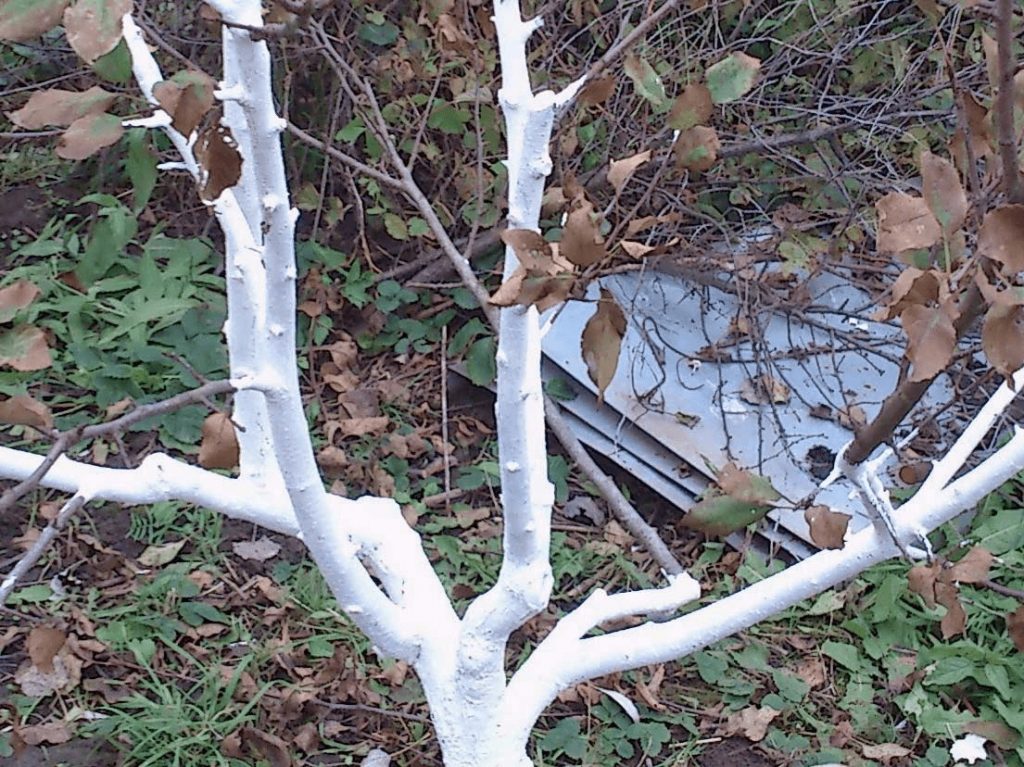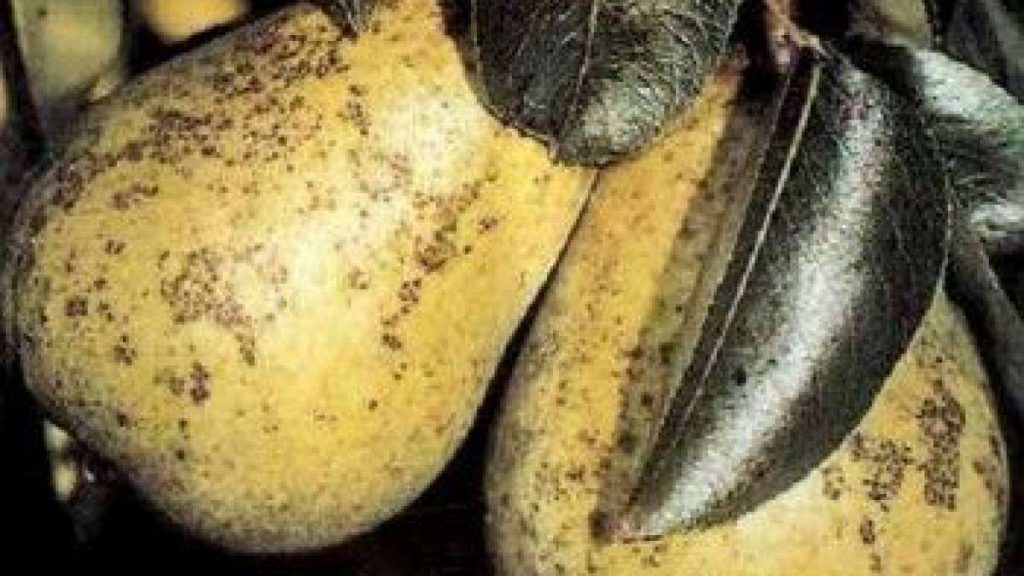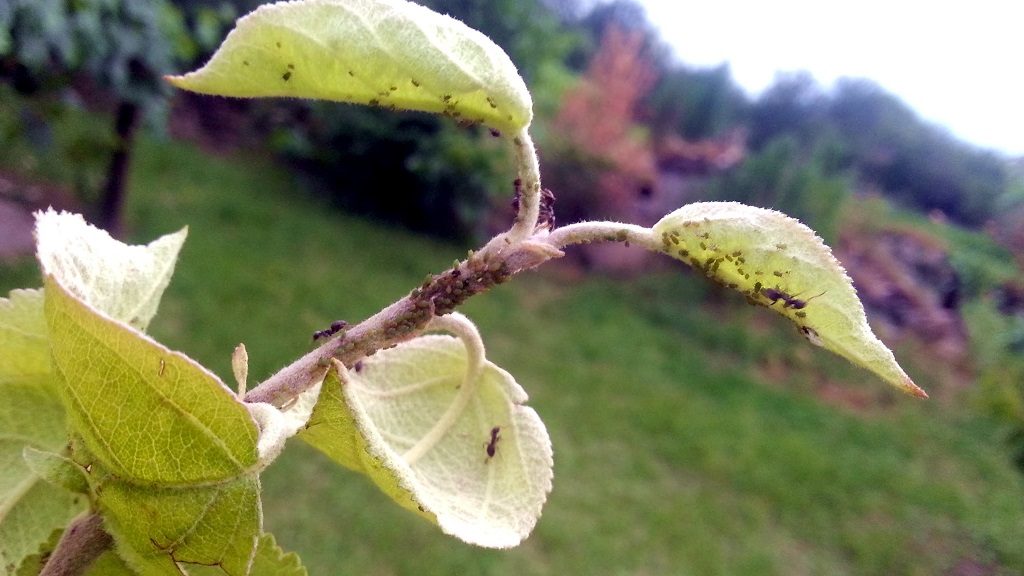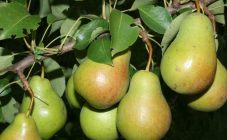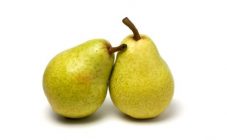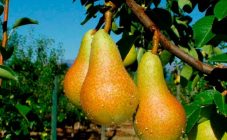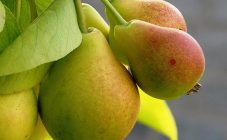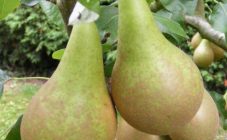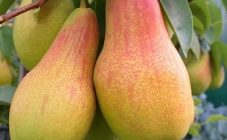Content:
There are many fruit trees that are harvested in the fall. One of these is the Favorite pear. The variety is quite young, but has already become popular due to its resistance to cold.
The variety was bred in Chelyabinsk by breeders Falkenberg E.A. and Gasimov F.M. The cultures of Dekabrinka and Forest Beauty were taken as a basis. There are also subspecies of this pear: Clapp's favorite and the American red-fruited clone. Since 2008, the variety has been undergoing trials.
Pears Favorite: variety description and characteristics
Main settings:
- Harvesting begins in early autumn.
- The shelf life of the fruits is one and a half months.
- The tree is medium-sized.
- The variety tolerates cold well.
- Resistance to pests and diseases.
- Productivity is high since 4 years. Up to 35 kg are harvested from one tree. Fruiting lasts for several decades.
- Eat fresh, boil compotes, jam, make dried fruits.
- The fruits are large. The shape is pear-shaped, shortened. Average weight - 180g. The color is green, yellow-green when ripe, there is redness on the side.
- The pulp is light, pleasant to the taste, not hard, sweet.
Pear Favorit has become a favorite of the Ural gardeners; it perfectly tolerates the climatic surprises of this region.
Agrotechnics
This variety is grown mainly by the Urals, but it is gaining popularity in the middle lane.
The southern or southwestern slopes are best suited for planting. They should be well lit and ventilated. The soil should be loose, slightly acidic. The tree must be protected from northerly winds. The place should not be heated.
Pears are planted in early spring. At this time, young trees take root well and later acclimatize faster, better tolerate cold weather. The seedlings are mainly taken from the nursery and are bred by selection. Varietal seedlings should have a good root system, the optimal age is 2 years.
It is better to buy seedlings in the fall and store them in the basement at 2 - 5 degrees until spring. The roots are covered with clay mixed with mullein. Planted in April - October.
Landing technology:
- A planting pit is prepared in advance with a depth of 70 cm and a width of up to a meter (for spring planting - from autumn).
- With heavy soil at the bottom, drainage is made from expanded clay, crushed stone up to 15 cm. If the soil is light, the same amount of clay is laid.
- A mixture is prepared from an equal amount of black soil, peat, humus, sand, 1/2 kg of superphosphate is added there, up to 3 liters of wood ash. All this needs to be mixed. Cover with roofing felt or foil for the winter.
- A few hours before planting, they are placed in a solution: Kornevin, Erin, Heteroauxin to stimulate growth.
- The soil is removed from the pit to the size of the root. Drive in a meter peg. The tree is planted so that the root bud is level with the ground. Fall asleep and compact.
- A tree is tied to a dug-in peg with an elastic rope. An earthen rampart is made around the tree, watered abundantly. After a couple of days, the ground around the tree is loosened and covered with mulch. To do this, use up to 10 cm of humus, sawdust or hay.
- The branches are cut to 30 cm, and the conductor is cut to a meter.
After the pear is planted in the ground, it must be watered, fertilized and preventive treatment against pests must be carried out.
Watering
In the early years, you need to moisten 10 - 12 times a season, then gradually reduce watering by half.Be sure to water before flowering, after bud set, as well as 3 times during the summer and before wintering.
Fertilizing pears
If enough top dressing was poured into the hole before planting, the tree is not fed for 3-4 years. After this period, the pear is fertilized.
Feeding scheme:
- Phosphorus-containing fertilizers are applied in the fall: 30 or 40 grams per square meter for digging.
- Nitrogen-containing (nitrate, nitroammofoska) - used for digging in the spring of 30 or 40 g per square meter.
- Potassium-containing fertilizers are applied at 10 grams per square in early summer. They make a solution and water the tree.
- Boric acid. Make a solution of 0.2 grams per liter, which is sprayed during the flowering period.
- Humus, compost, peat are used every three years in spring or autumn. Use up to 7 kilograms of organic matter for digging per square meter.
- Mullein is used during the period of fruit growth 3-4 times with an interval of 10 days. Two liters of organic matter are diluted in a bucket of water. Watering per sq. meter - 1 liter.
In each season, you need to fertilize according to this scheme in order to get a good harvest.
Pruning pear trees
The branches are formed in the form of a bowl. This provides good lighting and ventilation. The tree is easier to care for and easier to harvest. The Favorite's yield is high, therefore, during fruiting, heavy branches must be supported.
Types of trimming:
- Crown formation. 3 or 4 skeletal branches are left, shortened by 30 cm. All the rest are cut "on a ring", without leaving a large hemp. Shorten the conductor to the base of the upper branches. After 2 years, everything is cut off on the central branches again, leaving a couple of shoots. Every season, make sure that there are no overgrown branches.
- Regulatory trim. Trees of the Favoritka variety have a tendency to thicken the crown. In early spring, branches growing inward are removed. This should be done in moderation so as not to lose the crop.
- Pruning for good fruiting. In the first half of summer, many young shoots are formed. They are cut by 5 or 10 cm. This promotes the setting of new fruit buds.
- Pruning to remove bad branches. Held in late autumn. All rotten and affected branches must be burned to get rid of pests.
All these pruning contributes to the correct formation of the crown, as well as good fruiting.
Pests and diseases
The Favoritka variety is resistant to pear diseases, but with all sanitary and preventive measures, you can get rid of many problems altogether.
Preventive measures:
- In autumn, leaves, weeds and other debris are collected and burned in order to destroy the pests located in them.
- The bark must be checked. If cracks or other damage are noticed, the wood must be treated. The affected areas are cleaned to uncorrupted tissues and disinfected with copper sulfate 1%. A garden var is applied to this place. The procedure will protect against gommosis and black cancer.
- The trunk and thick branches are whitened with a solution of slaked lime mixed with copper sulfate and PVA glue. This prevents the bark from cracking and the transfer of pests to the tree.
- They dig up the earth around the trunk. The insects that were there will die in the frost. They are also sprayed with 3% copper sulfate or Bordeaux liquid to prevent fungal diseases and pest infestations. In early spring, the procedure is repeated.
- In March, they are treated with strong drugs DNOC or Nitrafen. They kill all pests.
- Fishing belts are installed in early spring. These are self-made traps from roofing material, fabric, film. Such adaptations help against many types of insects such as weevils, ants, caterpillars.
- Before the pear blooms, it is sprayed with insecticides from insects: Decis, Fufanon, etc. Also, the treatment is done after flowering.
- After the buds wither, they are sprayed with fungicides: Horus, Quadris. In order to prevent the formation of fungi after flowering. You need to process it regularly, once every three weeks.
Actions for diseases:
- Moniliosis. This is a fungus due to which leaves and flowers turn black and wither. Shoots look like after a burn. Affected branches should be pruned by grabbing some healthy wood. Treat with Horus at an air temperature not higher than 22 degrees. After 10 days, repeat. More than three times the same product cannot be used due to the addiction of the fungus to fungicides. If the disease continues, the fruit may be damaged. They cannot be consumed because they become rotten. Then the tree is treated with Strobi. The drug is strong, so pears can be eaten after 20 days.
- Sooty fungus. It develops with the appearance of aphids or sucker. They produce honeydew, which helps the fungus spread. Leaves and fruits are covered with a soot-like bloom.
Actions in case of a pest attack:
- Aphid. Ants carry it in, as they feed on honeydew. For wrestling, trapping belts are used. During the life of these insects, the leaves curl. The leaves on the tree are cut off or the drug Decis is used, which destroys all insects.
- Pear honeydew. Small insect, otherwise called leaf beetle. With its invasion, leaves fall, fruits turn to stone. There are many varieties of it. In addition, a sooty fungus appears. The Commander is used for treatment. He destroys insects in a day.
It is better to carry out preventive treatment of trees in a timely manner in order to prevent severe infection with diseases and pests.
Advantages and disadvantages of the Favoritka selection variety
Positive properties:
- Winter hardiness;
- Resistance to pests and diseases;
- High productivity;
- Good taste;
- Unpretentiousness.
Disadvantages:
- It gives the first harvests only for 4 years.
The favorite is a good autumn variety, hardy and high-yielding. Due to their unpretentious care, trees can be planted by inexperienced gardeners.
